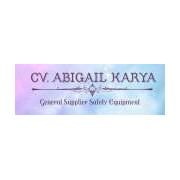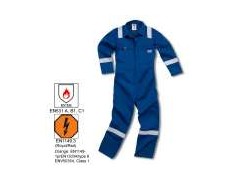Safety Protection Action Back Nomex Coveralls Warehouse
Applications
Nomex Coveralls are an Industry standard for Petrochemicals, utilities, military applications, auto racing, volunteer and professional fire fighters and can be used as arc flash clothing.
Not Recommended For
Use around any molten substances, welding operations, or in a critical static control application.
Flame Resistance
Are inherently flame resistant and this property can not be degraded by laundering.
Colors
Will dye in a wide range of colors with mixed colorfast to laundering; some shades good, some fair;
Also available in a solution dyed form where fiber is dyed in the fiber forming process. This limits color selection, but provides improved colorfastness at increased costs.
Effects of Acids and Alkalis
Fibers are unaffected by most acids, except for some strength loss after long exposure to hydrochloric nitric, and sulfuric. It has generally good resistance to alkalis.
Effect of Bleaches and Solvents
The fiber is unaffected by most bleaches and solvents, except for some strength loss after long exposure to sodium chlorite bleach.
Effect of Mildew, Aging, Sunlight and Abrasion
Material has excellent resistance to mildew, aging and abrasion. The natural ( undyed) color is not white and will yellow with exposure to sunlight.
Thermal Stability
Has good thermal stability and does not melt. The fiber decomposes between 700 degrees F. - 800 degrees F. and is inappropriate and not recommended for use around any molten substances or welding operations. Hot molten contact will will stick to the fiber, forming holes.
Processing
For best color retention, launder processing should be carried out at 140 degrees F. or less in buffered, nonionic detergents. However, higher temperature/ harsher detergent laundering will only affect the color, not the performance of the fabric. Garments may be dry cleaned in either perchloroethylene or petroleum solvents. They may be conditioned or tunnel finished at up to 280 degrees F. fabric temperature.
Garment Cost
Garments cost about five times as uch as conventional 65% polyester/ 35% cotton, and about 2 times more then FR cotton.
Garment Life
Under normal wear conditions, as long as 3-5 years, or 2-3 times the life of conventional 65% polyester/ 35% cotton and 3-5 times the life of FR cotton.
Garments are extremely durable and can be expected to perform well for many years in applications where longevity can be utilized.


